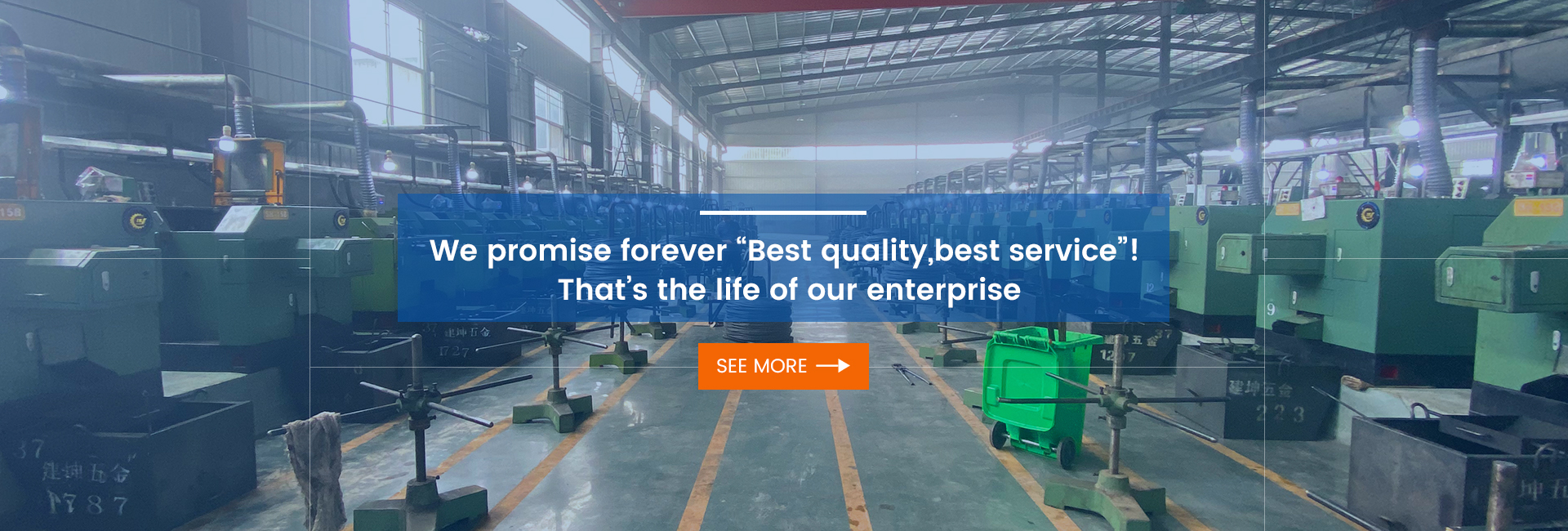Nailers are essential tools in the construction industry, driving nails into various materials with precision and efficiency. However, like any tool, regular maintenance is crucial to ensure optimal performance and extend their lifespan. This guide will delve into the daily maintenance practices for nailers, explore considerations for extreme weather conditions, and provide insights into handling extreme weather scenarios.
Daily Maintenance Practices
Lubrication: Lubrication is paramount for smooth operation and reducing friction. Consult the user manual for the specific lubrication points and frequency recommended by the manufacturer. Use the recommended lubricant, typically pneumatic tool oil, to avoid damaging internal components.
Cleaning: Regularly clean the nailer to remove dust, debris, and any buildup that could hinder its performance. Use compressed air to blow out dust from the air intake and exhaust ports. Wipe down the exterior with a clean, damp cloth.
Inspection: Inspect the nailer regularly for any signs of wear or damage, including loose screws, cracked or damaged parts, and worn components. Address any issues promptly to prevent further damage and ensure safe operation.
Fastener Compatibility: Ensure you are using the correct type and size of fasteners for your nailer. Incorrect fasteners can damage the tool and pose safety hazards.
Extreme Weather Considerations
Cold Weather: In cold temperatures, air compressors may freeze, leading to malfunctions. Use an air dryer to remove moisture from the air supply. Consider using a heat lamp to keep the compressor warm. Lubricate the nailer with cold weather-specific oil.
Hot Weather: In hot weather, overheating can become a concern. Avoid prolonged use in direct sunlight. Allow the nailer to cool down regularly. Use a fan to provide additional cooling.
Humidity: High humidity can cause corrosion and damage internal components. Store the nailer in a dry, climate-controlled environment. Use a desiccant pack to absorb moisture if necessary.
Handling Extreme Weather Scenarios
Extreme Cold: If you must use the nailer in extreme cold, follow these steps:
a. Store the nailer indoors when not in use.
b. Bring the nailer indoors before use to allow it to warm up.
c. Use a heat lamp to keep the compressor warm.
d. Lubricate the nailer with cold weather-specific oil.
e. Monitor the nailer for signs of freezing or malfunction.
Extreme Heat: If you must use the nailer in extreme heat, follow these steps:
a. Avoid prolonged use in direct sunlight.
b. Allow the nailer to cool down regularly.
c. Use a fan to provide additional cooling.
d. Monitor the nailer for signs of overheating.
Heavy Rain or Snow: Avoid using the nailer in heavy rain or snow. Moisture can damage the tool and pose safety hazards. If you must use it, take shelter from the elements and keep the nailer dry.
Real-World Example
A construction crew working on a project in Alaska encountered extremely cold temperatures. To ensure the nailers continued to function properly, they implemented the following measures:
Stored the nailers in an insulated tool shed overnight.
Brought the nailers inside before each use to warm up.
Used a heat lamp to keep the air compressor warm.
Lubricated the nailers with cold weather-specific oil daily.
Monitored the nailers closely for signs of freezing or malfunction.
By following these precautions, the crew was able to use the nailers safely and effectively throughout the project, despite the harsh winter conditions.
Regular maintenance and proper care can significantly extend the lifespan of your nailers and ensure their optimal performance. By understanding the challenges posed by extreme weather conditions and implementing appropriate measures, you can minimize downtime and prevent damage to your tools. Remember to always prioritize safety and follow the manufacturer’s instructions for your specific nailer model.
Post time: Jun-27-2024



